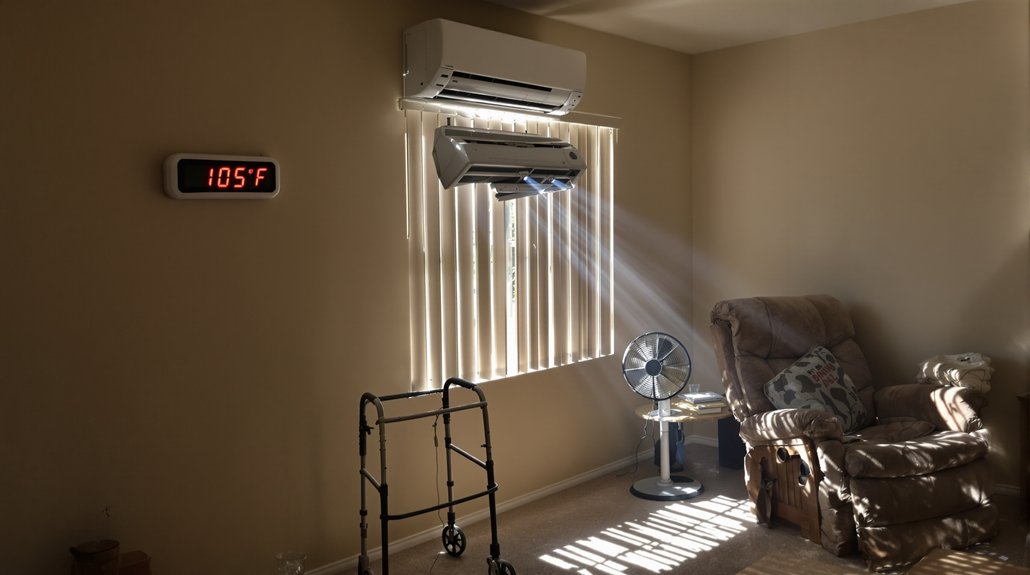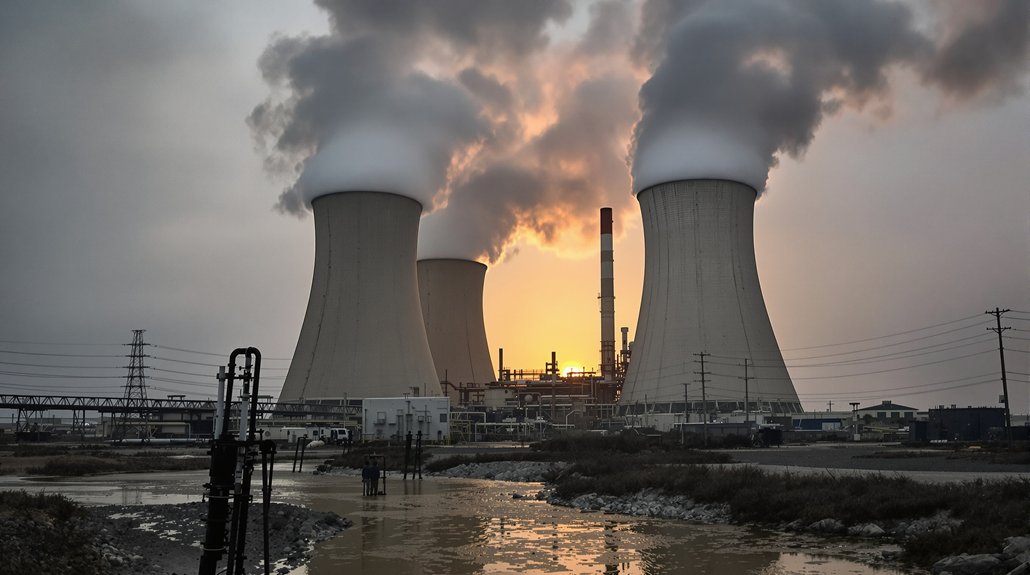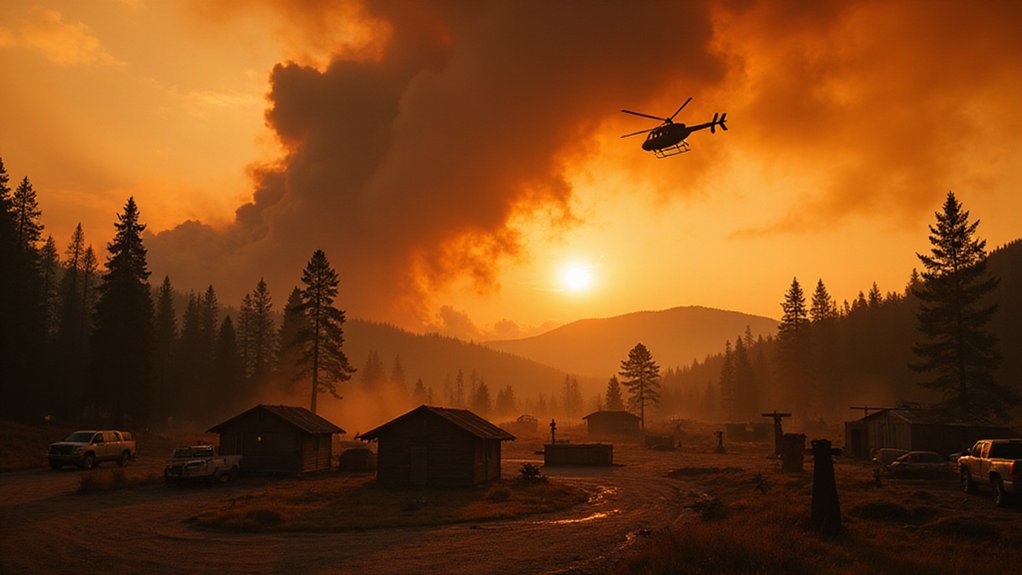Why are so many elderly Arizonans dying in their own homes? The answer is simple, and terrifying: their air conditioners don’t work. In a state where summer temperatures regularly soar past 110 degrees, this isn’t just uncomfortable—it’s deadly.
Arizona’s heat-related death rate has skyrocketed tenfold over the past two decades. Indoor heat deaths nearly doubled in recent years, with Maricopa County recording a staggering 645 heat-related deaths in 2023. That’s twice Texas’ record, with a fraction of the population. Not exactly a statistic to put on the tourism brochures.
The victims? Overwhelmingly elderly. A whopping 72% of indoor heat deaths involve people over 65, compared to just 19% of outdoor deaths. They’re literally cooking in their homes while younger folks are surviving the same temperatures outside. Grim irony, that.
Most shocking: 88% of these homes had air conditioning units. They just weren’t working. Broken systems, power outages, or the impossible choice between cooling and eating. Fixed incomes don’t stretch far in today’s economy. When your Social Security check barely covers rent, something’s gotta give. Often, it’s the electric bill.
The problem’s getting worse. Longer, hotter summers. Urban heat islands. Skyrocketing housing costs. The urban heat island effect has increased Phoenix temperatures by about five degrees compared to surrounding rural areas. Aging infrastructure in apartment complexes means multiple AC failures at once. And when you’re elderly, isolated, and living on a fixed income, you can’t just crash at a hotel until repairs happen. The rising cost of electricity, partially driven by data center consumption, makes it even harder for residents to afford running their air conditioning. Like outdoor pollution, indoor air quality significantly affects vulnerable populations, particularly the elderly with pre-existing health conditions.
Detection is another nightmare. Many heat deaths get misclassified initially. Medical examiners need months to determine if heat caused or contributed to death. By then, another summer’s come and gone. More seniors dead.
Some years show improvement when government and nonprofit interventions ramp up. But the trend line points in one direction: up. As climate change intensifies and housing becomes less affordable, Arizona’s elderly face a growing threat. Not from criminals or disease, but from the silent killer already inside their homes: heat.
References
- https://mapazdashboard.arizona.edu/article/arizonas-heat-related-death-white-paper-full-report
- https://threesonorans.substack.com/p/400-heat-deaths-in-arizona-county
- https://www.youtube.com/watch?v=GUcVLRn2B5o
- https://www.governing.com/resilience/despite-more-extreme-heat-phoenix-reduced-heat-related-deaths
- https://www.maricopa.gov/1858/Heat-Surveillance








